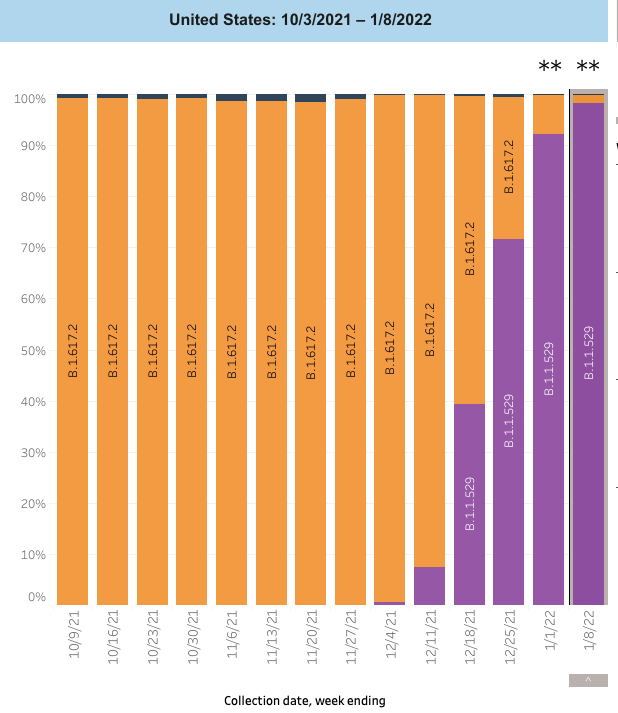Cloth Masks Are Useless Against COVID-19 (Redux): Omicron Version
Omicron and an ample supply of N95s and KN95s might lead the CDC to change masking recommendations for the public this week to say that individuals should wear those masks.
When Lisa Brosseau, ScD, a nationally recognized expert on infectious diseases, spoke to Infection Control Today® (ICT®) back in April 2020, the resulting Q&A seems to have resonated with the public and health care professionals alike. Titled “Cloth Masks Are Useless Against COVID-19,” the article is the second most read story on the ICT® website, with nearly 350,000 pageviews since its publication. (The most viewed article on the ICT® website reported on the Lambda variant. Remember that scare?)
Brosseau seemed perplexed that the Centers for Disease Control and Prevention (CDC) recommended that the public use cloth masks. (There was a shortage of N95 masks at the time, and the CDC wanted to preserve them for use by health care workers on the frontlines.)
“I don’t understand the CDC’s recommendations for this,” Brosseau said. “My guess is that there’s a lot of political pressure. And no government agency is entirely immune from political pressure.”
Kevin Kavanagh, MD, a member of ICT®’s Editorial Advisory Board, said at the time that while cloth masks might not keep someone from catching COVID-19, they may help prevent them from spreading it.
In an article in May 2020 in ICT®, Kavanagh wrote that “when one exhales, coughs or sneezes, the particles are fairly directional and directed into the mask. One study estimated that cloth masks can stop up to 90% of droplets…. And over 100 countries now recommend the wearing of cloth masks by the public.”
But what a difference a new COVID-19 variant can make. Kavanagh’s advice in 2020 had been tailored to the original variants of COVID-19, Alpha and Beta. When Delta appeared, Kavanagh altered his advice to fit the new reality. In a Q&A with ICT® in July 2021, Kavanagh said that “we need to be wearing respirators or N95s. Cloth masks, surgical masks with holes on the sides—those will not work.”
Kavanagh has been ahead of the curve when it comes to predicting what the unpredictable SARS-CoV-2 might hit us with next.
Dawn O’Connell, the assistant secretary of preparedness and response

Now, yet another variant fuels yet another surge in COVID-19 infections. Monday saw the United States hit a new record, with 1.35 million new infections for one day thanks in large part to Omicron, according to Reuters. Omicron now accounts for 96.9% of new cases of COVID-19 in the US, according to the CDC.
One of the problems with N95 masks is that it may make it difficult to breathe for some people. Nonetheless, the CDC is considering updating its masking guidelines, which had last been updated on October 25, 2021, to encourage the public to wear either N95 or KN95 masks.
The Omicron surge and the fact that the there are enough N95 and KN95 masks to go around will spur any updated recommendation, which may be announced this week.
A CDC official tells ICT® on background that the “CDC continues to recommend that any mask is better than no mask, and we encourage Americans to wear a well-fitting mask to prevent the spread of COVID-19. CDC is preparing to update our mask webpage to best reflect the multiple options available to people and the different levels of protection they provide, so that Americans have the best and most updated information to choose what mask is right for them.”
Dawn O’Connell, the assistant secretary of preparedness and response at the Department of Health and Human Services, said in prepared remarks to Senate Committee on Health, Education, Labor, and Pensions yesterday, that “as of December 29, 2021, the SNS has utilized approximately $12 billion from COVID-19 supplemental appropriations provided by Congress to have in its inventory approximately: 747 million N95 respirators (59 times pre-pandemic levels)….”
Source: Centers for Disease Control and Prevention
